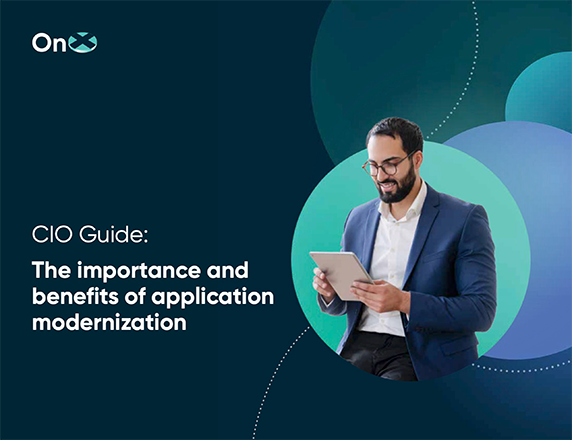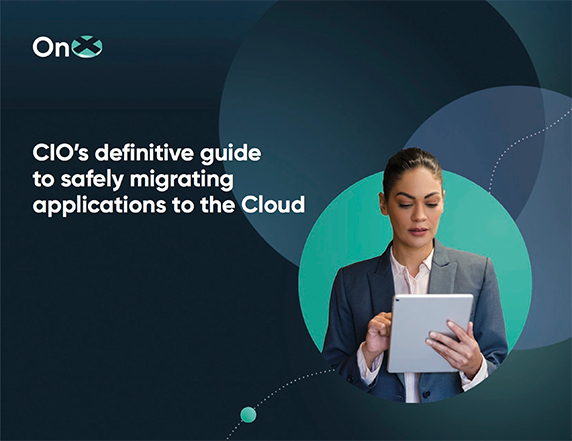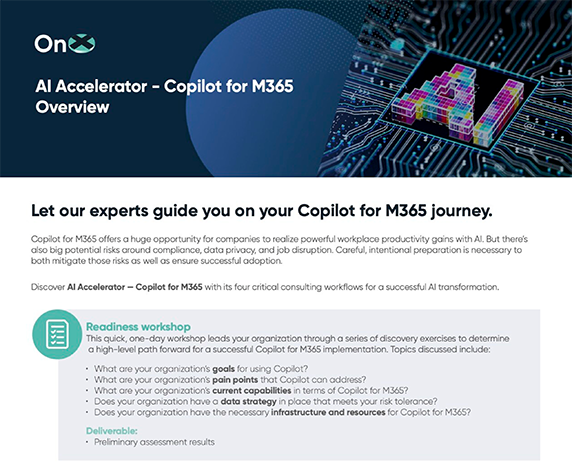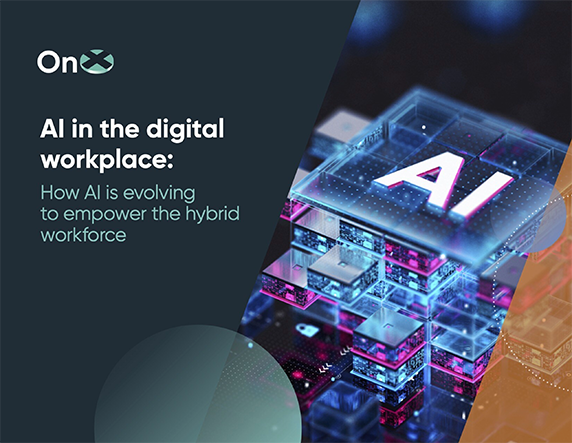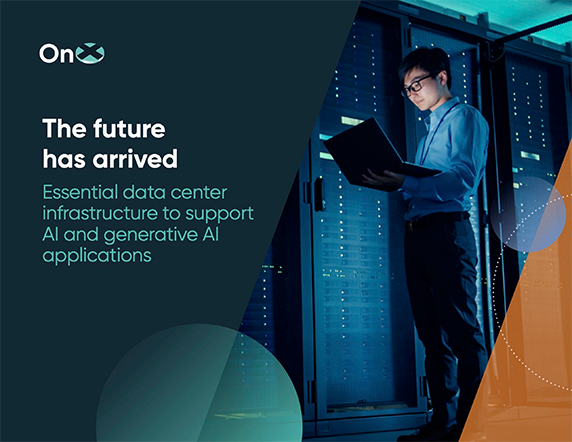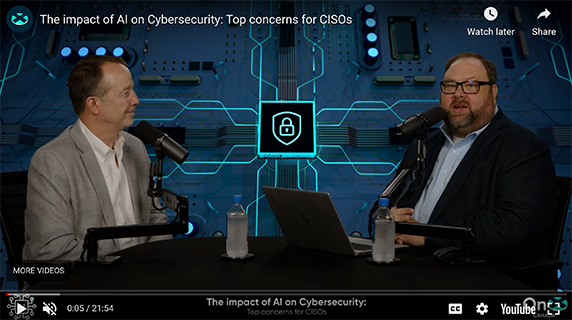
IT experts are continuously capitalizing on the multidisciplinary strength and adaptability of artificial intelligence (AI), among the most significant prospects for advancement is cybersecurity. Technology adoption is causing businesses to store an increasing amount of sensitive and proprietary information regarding consumers and processes as security risks grow. Cyber threats are increasing, and the severity of a possible breach is just as serious. Organizations are looking to AI for IT operations (AIOps) to ensure reliable oversight of sophisticated network systems.
These solutions leverage machine learning for better analysis, automation, and speed compared to legacy IT toolkits for businesses. Specifically, regarding security, AIOps is indispensable for quickly organizing complex activities such as identifying threats and running vulnerability scans. Combined with human expertise, it is key to crafting a winning AI strategy for cybersecurity. Cybersecurity needs are only becoming more intricate and more stratified, but the accuracy and reliability of AI for IT operations creates opportunities for improvement.
Discover how AI for IT operations solutions lead to enhanced defenses and reactivity in zero-trust architecture and the impact machine learning (ML) may have on the next iteration of zero trust.
Zero-trust architecture means constant verification
With networking architecture becoming increasingly more sophisticated, the potential for attacks is also ramping up. Traditional perimeter security solutions where internal contacts are considered “trusted” and “secure” are now obsolete because cyber threats are no longer thought of as a possibility, but an absolute.
Rather, zero-trust architectures are intended to constantly verify users and locations. Every request for authorized access will be granted with as little authorization as possible while still meeting the request. This continuous sequence of verifications assures that a single attack may pass through one set of security measures, but it will be difficult for that attack to further advance.
Implementing the tenets of zero-trust through advanced support
Zero-trust architecture has three standard fundamentals:
- Constant verification: Identity must be authenticated (ideally through two-way authentication) for every request for both access and connection, no matter the request, who makes it, or when it is made.
- Minimum access policy: When access privileges are granted, they should be the minimum required to fulfill the verified request and nothing more beyond that. Once the request has been accomplished, access must be terminated.
- Assume a breach has occurred: Create the most powerful security measures possible, always with the mindset that a breach has just occurred or is about to happen. Minimize the possibility of horizontal movement or elevated access to limit the destruction caused by a breach.
AIOps advances the application of tenets using a robust toolkit that functions in multiple areas, strengthening current security measures and allowing proactive mitigation efforts, leading to more operational and security efficiency for staff.
Read more:Defining security assessments: risk, compliance, and security frameworks
Strategic deterrence
Every platform requires attention to dedicated security postures, settings, and firmware. Appropriately arranging each facet of a network’s configuration in an enterprise-wide implementation requires the full attention of any IT team. Additionally, while parts get older and the overall technology environment evolves, new exposures, risks, and integrations develop.
Network toolkits with AIOps functionality can survey and continuously track established systems to authenticate baseline settings for the system or application and detect new weaknesses.
Thanks to real-time intelligence on current and emerging cyber threats and security notices, systems with AI for IT operations functionality can zero in on components needing updates or remediation, expediting services, and preparing for potential attacks. Zero-trust architecture operates under the principle of “sustained validation” because proactive maintenance enables the device user’s identity and network security after every request.
Fast, contextually conscious responses
AI’s primary objective is the analysis of enormous data sets in addition to pattern recognition at a magnitude beyond human capability. The amount of data AI solutions can absorb allows them to produce nuanced or unanticipated information, which is invaluable to enterprise organizations when it comes to endpoint habits and network traffic.
Platforms enabled with AI for IT operations can monitor traffic patterns and network operations and identify locations by thoroughly tracking daily IT activities. In other words, this AI solution can flag aberrant traffic flows, unusual privilege requests, and client actions.
Security solutions enabled with AI can utilize risk-adaptive access controls to uphold minimal privilege access, comparing access request traits with anticipated user behaviors before permitting or prohibiting total or limited access following the assessment. AIOps also leverages up-to-the-minute threat notices to recognize a security breach when it occurs and contact qualified team members or launch the first phases of remediation. With these capabilities, the organization is ready for an eventual breach and instantly ready to limit the scope of damage caused by the incident.
Streamlined operations
AI solutions can “understand” contextual nuances. Apart from AI, this is difficult to characterize in terms of program code. Therefore, AI can automate sequential processes, leading to daily IT performance that is more consistent and requires less laborious or less repetition of tasks by the IT department.
With more efficient resource management in place, IT teams can spend more time innovating and developing new solutions to enhance the business’s security position and proactively mitigate the effect of a cybersecurity breach.
Read more: AI Playbook: Implementing AI solutions to achieve operational excellence
AIOps in networking is pioneering zero trust for tomorrow
With the expansion of AI’s potential comes more functionality for AI for IT operations solutions. More analytical functionality and greater refinement for training make AI more conscious of specific situations and results more dependable. In turn, AIOps can conduct more complex operations and perform more independently. With these shifts in mind, two AI operations functionalities have great potential.
Self-recovery networks
AIOps network solutions log and track the networking infrastructure’s individual elements. Greater capabilities could allow AI for IT operations to automate proactive maintenance and perform software updates and patches, in addition to identifying and solving issues of performance decline while also improving network settings to counter modern cybersecurity risks.
Advanced auto-remediation
Should a security breach occur, today’s network platforms enabled with AI for IT operations can initiate remediation, provided the administrators have already granted authorization.
AI for IT operations’ improved capabilities and advanced autonomy allow it to integrate comprehensive operational processes so platforms can respond to security incidents in real time using best practices. Dynamic remediation and an instant response can reduce lag times, restricting the number of breaches and enhancing the business’s zero-trust security position.
Read more: The state of cloud network security, SASE, and SD-WAN today.
Take your zero-trust architecture to the next level with OnX’s AI expertise
Today’s networking infrastructures are increasingly elaborate, and cybercriminals are keeping pace. Expert deployment and oversight are essential to managing today’s network infrastructure. Business leadership has designated support with the OnX team and their extensive experience and certifications like Palo Alto Networks Prisma, validating our knowledge of AIOps networking platforms.
Learn how modern zero-trust architecture can benefit your business by contacting OnX today.

